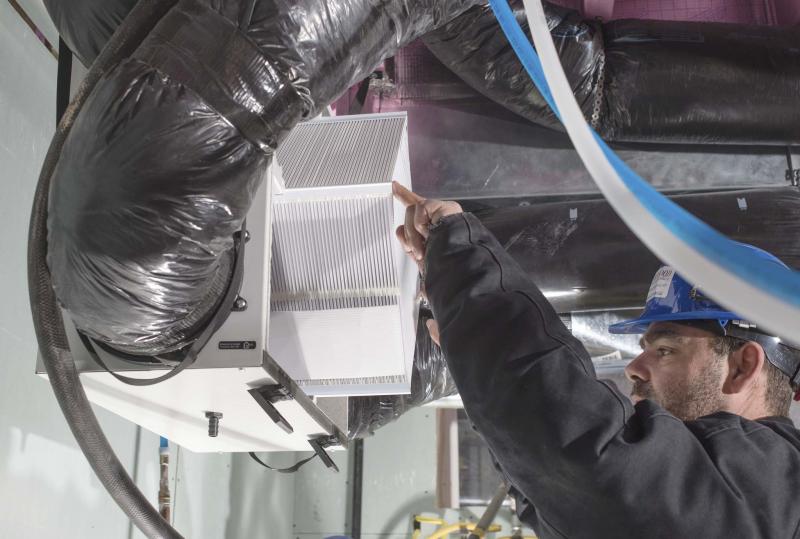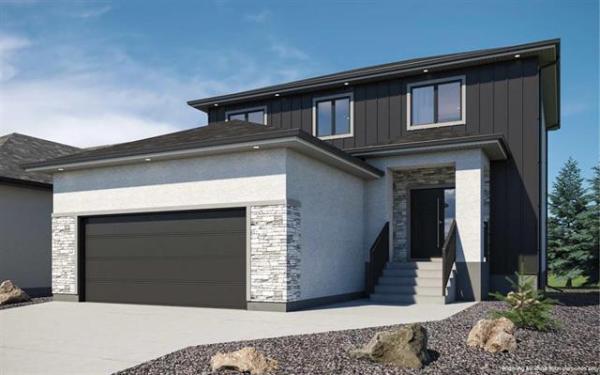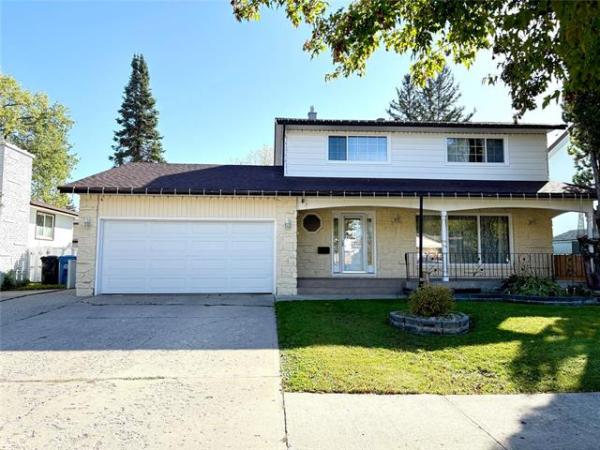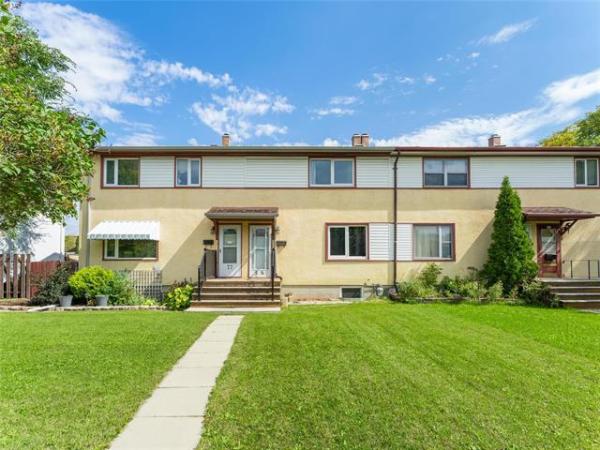QUESTION: I moved into my new house in July 2016. The house was built in 2013 and the basement is unfinished, just insulation and vapour barrier. Last winter, during a warm spell, I noticed small pools of water forming at the base of my basement walls. The upper third of the wall is exposed to the outside air. When I opened the vapour barrier and pulled back the insulation, I found the upper third of the wall had a layer of frost that was melting, causing the small pools of water. I have been pulling out the insulation and drying it and the walls using a dehumidifier and the heat recovery ventilation system (HRV). Admittedly, I was not using my HRV very much during the cold weather, which was ignorance on my part.
One issue I face right now is that the insulation behind the electrical panel was wet and very difficult to get at. I can probably pull it out, but it will be very difficult to put it back correctly. I have the top and bottom of the wall exposed and I am trying to blow air up the back of the panel, hoping this will dry the insulation. I could use some advice as to how to dry behind the panel as I do not want mould to start growing there. The other question I have is how I prevent this from happening again. I don’t want to finish the basement only to have the condensation issue again. Your advice would be greatly appreciated. Thank you.
— Tom Hessian, Tyndall
Answer: Prevention of frost formation on the foundation walls in your relatively new home can be accomplished by lowering the relative humidity (RH) in the house and properly sealing the insulated walls inside the foundation. You should have some of the items to do this effectively already in place, but will need one major addition to ensure you are successful.
It is quite common for homeowners to complain of frost formation on foundation walls in newer homes. This is often a function of too much moisture being released by the damp foundation walls, which is normally covered by insulation and polyethylene sheathing shortly after curing. This may be a problem for the first couple of years after the home is complete, also because other building materials in the home are drying out. This produces an unusual amount of moisture, which can raise the RH in the home, particularly in the heating season. Properly setting and using your HRV system will help keep the high RH in check.
Many people don’t understand their ventilation system is primarily used to replace stale house air with fresh outside air. This is accomplished by turning on the manual switches/controls in the bathrooms that are connected by ducts to the HRV. While this is very important all year round for removing excess shower and bathtub moisture, it should not be otherwise used in the summer months. That is because the air outside the home normally has much more dissolved water vapour than inside the building. If it is run too often in warm weather, the HRV can actually increase the RH inside the home. The reason it is needed for bathrooms is that the RH will be near 100 per cent when showering, while it may be lower outside. Using this device periodically for this purpose should also ensure a sufficient amount of fresh air is brought into the home to maintain safe indoor air quality. In the winter months, the HRV should be controlled by the dehumidistat function on the main control, which will turn the machine on when the RH exceeds the setting. Your lack of use last winter ensured that the RH was too high in your home, allowing excessive moisture to collect in the insulation and on the foundation walls in your basement. A good setting for the heating season should be around 30 per cent, plus or minus five per cent.
While high RH may provide the raw material for the frost, the true culprit is the poorly sealed insulation in your basement. Fibreglass insulation is not restrictive to air movement, but can trap air inside the fibres. If the insulation is not well sealed with polyethylene sheathing and acoustical sealant, which is common in new basements, warm air will leak through and get trapped in the insulation. Because of natural convective currents, this air will flow from the bottom of the insulated wall upwards. As it tries to escape the top of the insulated wall cavity, it will hit the colder portion of the foundation wall, which is directly in contact with outside freezing temperatures, and condense. As you have observed, the frost only forms on this top third of the wall.
The solution to preventing the frost formation is better air sealing at the bottom and sides of the insulated wall, as well as the top. Since the top portion between the floor joists is the most critical, and difficult to seal, installing blown-in high-density foam insulation in this area is your best bet to prevent further frost formation. As far as the panel is concerned, removing the fibreglass batts and filling that area behind the panel with foam will also effectively seal it.
Using your HRV to keep the moisture level down in the air inside your home will be very important to maintain a healthy home and prevent the frost formation you have seen. That, in combination with better air sealing and use of blown-in high-density foam at the basement walls, should ensure you minimize or eliminate the spring moisture issue.
In last week’s column on aluminum wiring, I made a mistake in terminology that needs to be corrected. I improperly suggested the use of "non-conductive" paste for preventing corrosion issues with this wiring, but should have used the proper term, "anti-oxidant." Thanks to the well-informed reader for pointing out the error.
Ari Marantz is the owner of Trained Eye Home Inspection Ltd. and the past president of the Canadian Association of Home & Property Inspectors — Manitoba (cahpi.mb.ca). Questions can be emailed to the address below. Ari can be reached at 204-291-5358 or check out his website at trainedeye.ca.
trainedeye@iname.com




